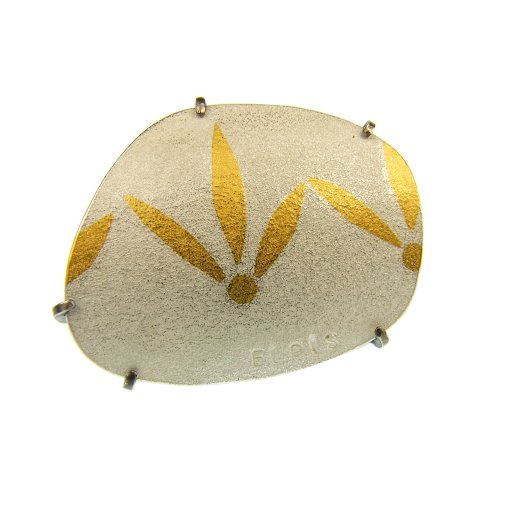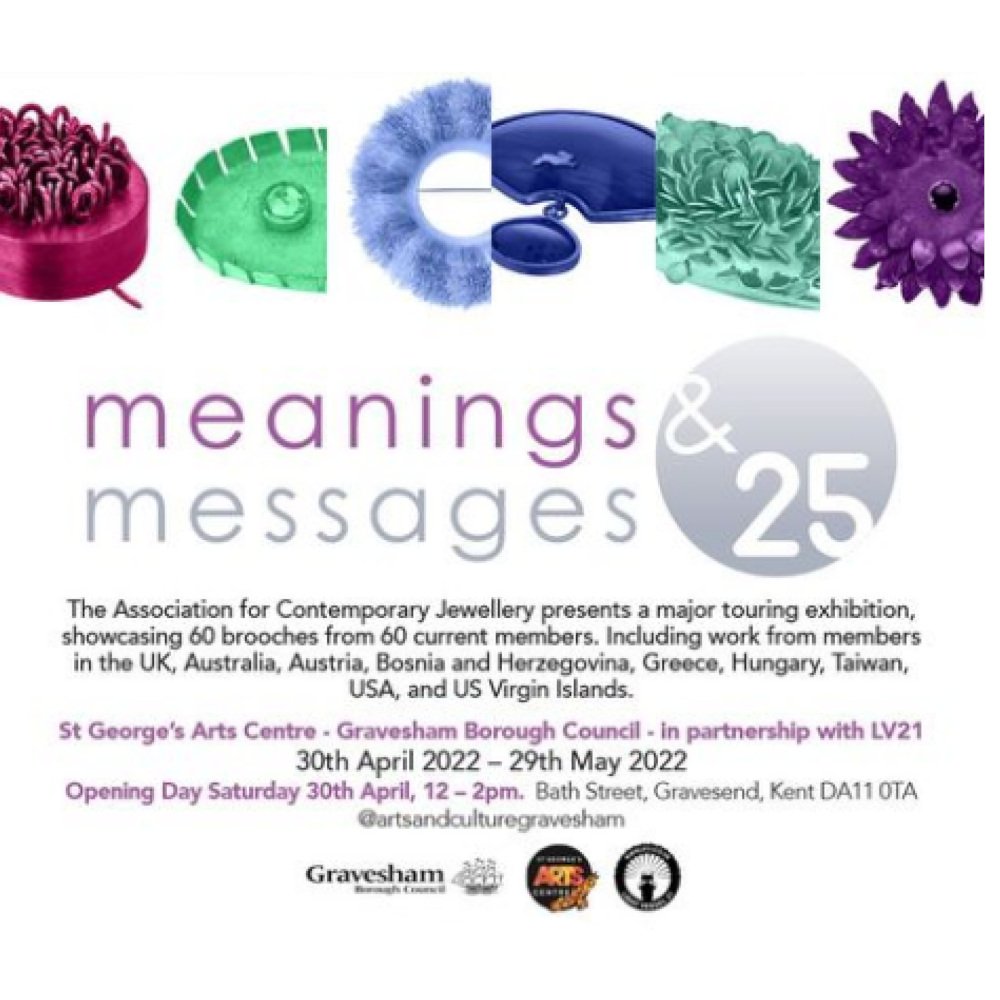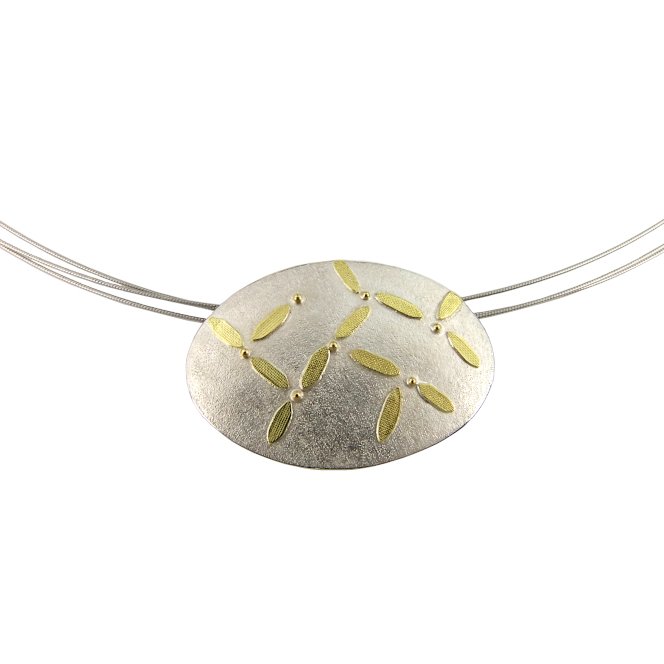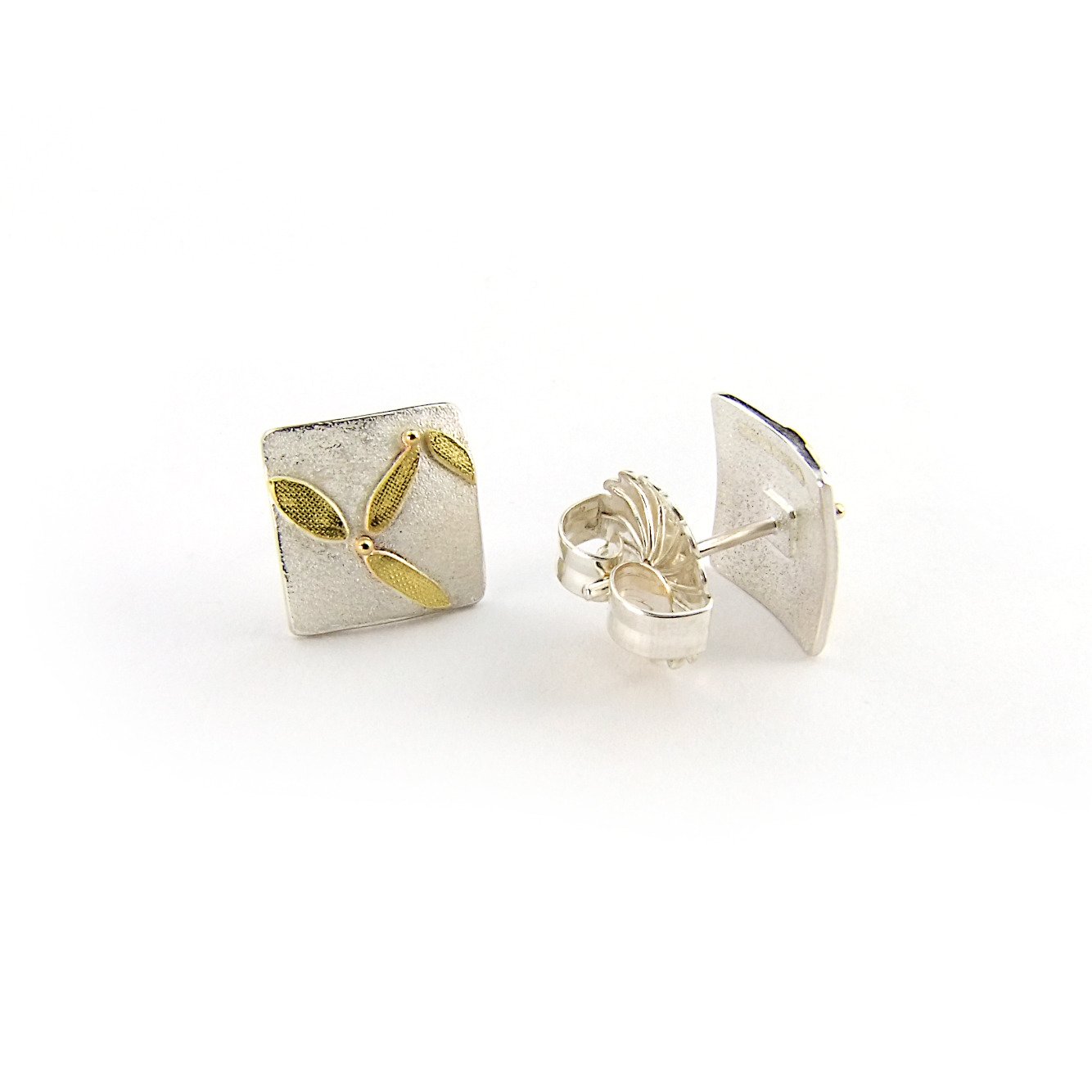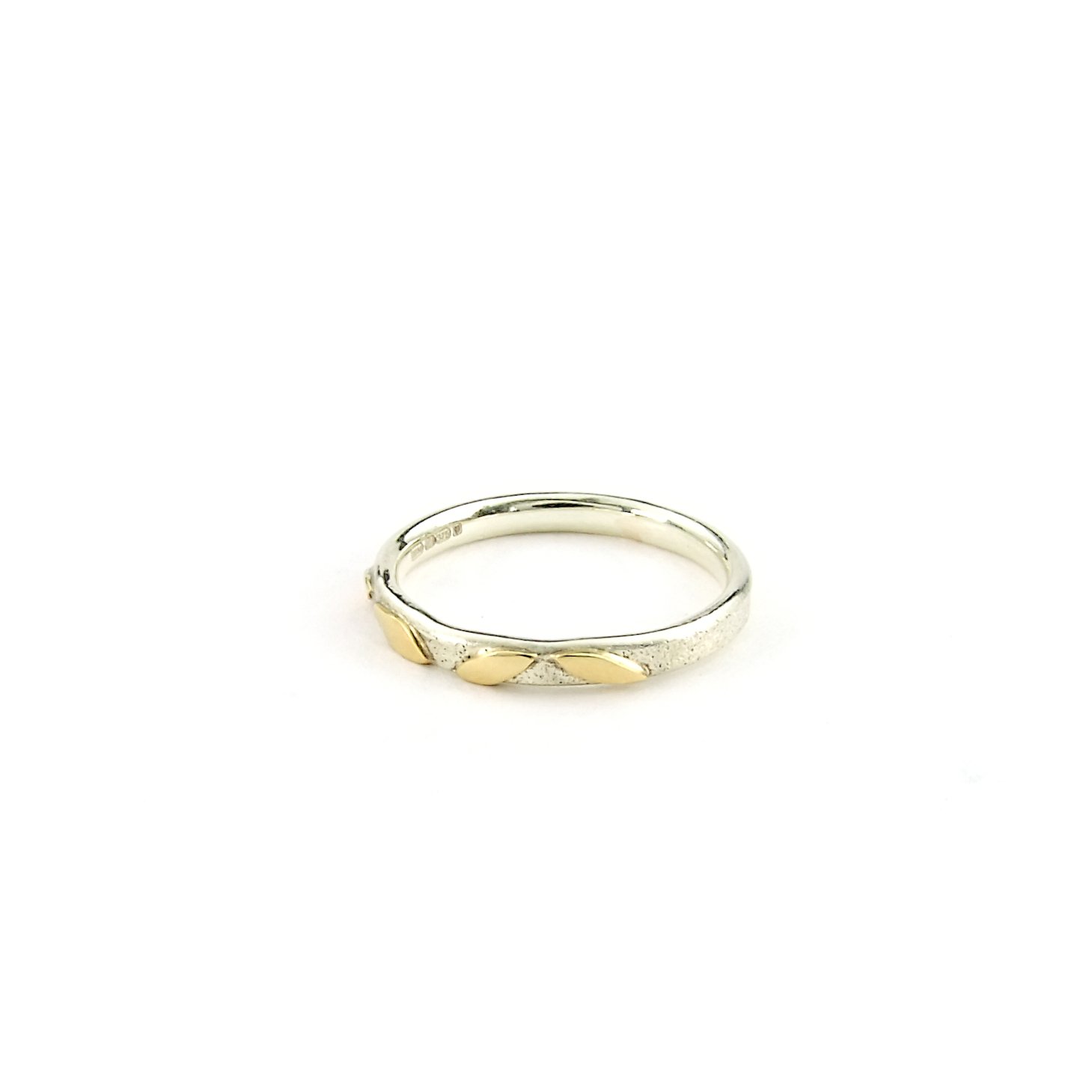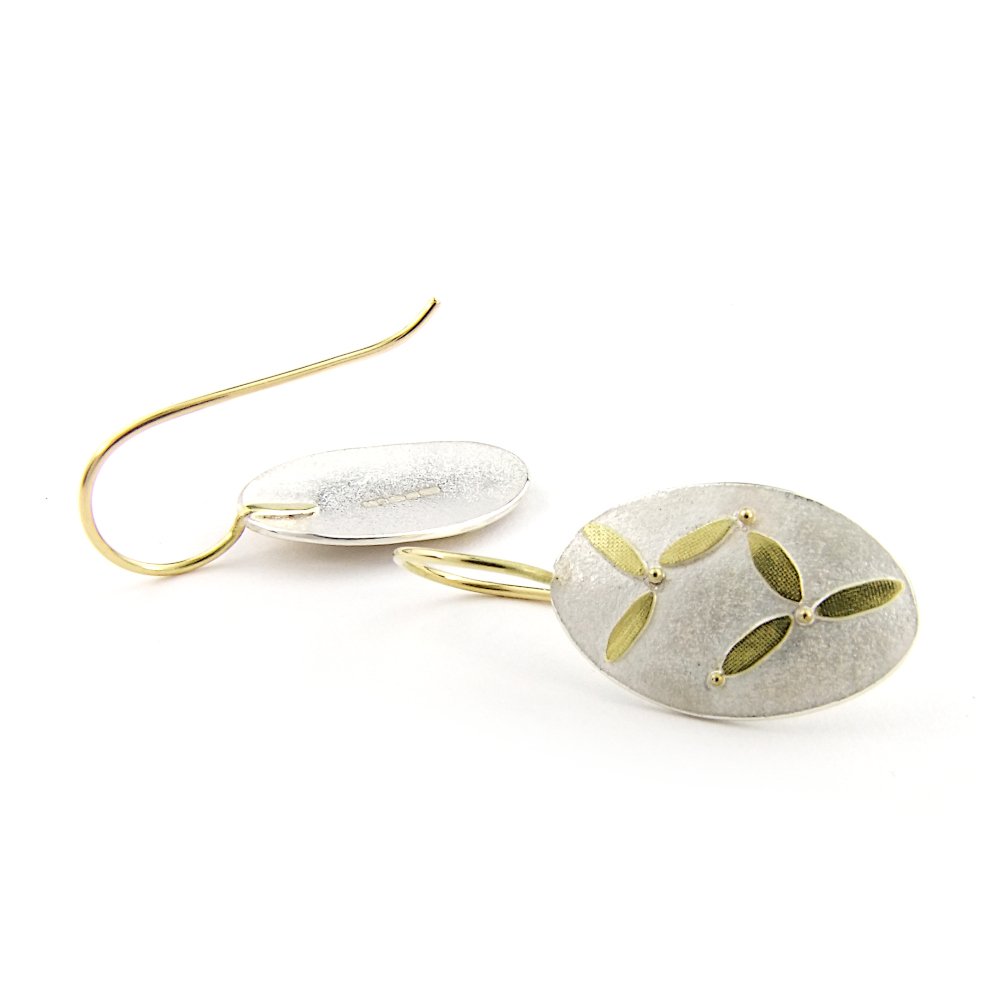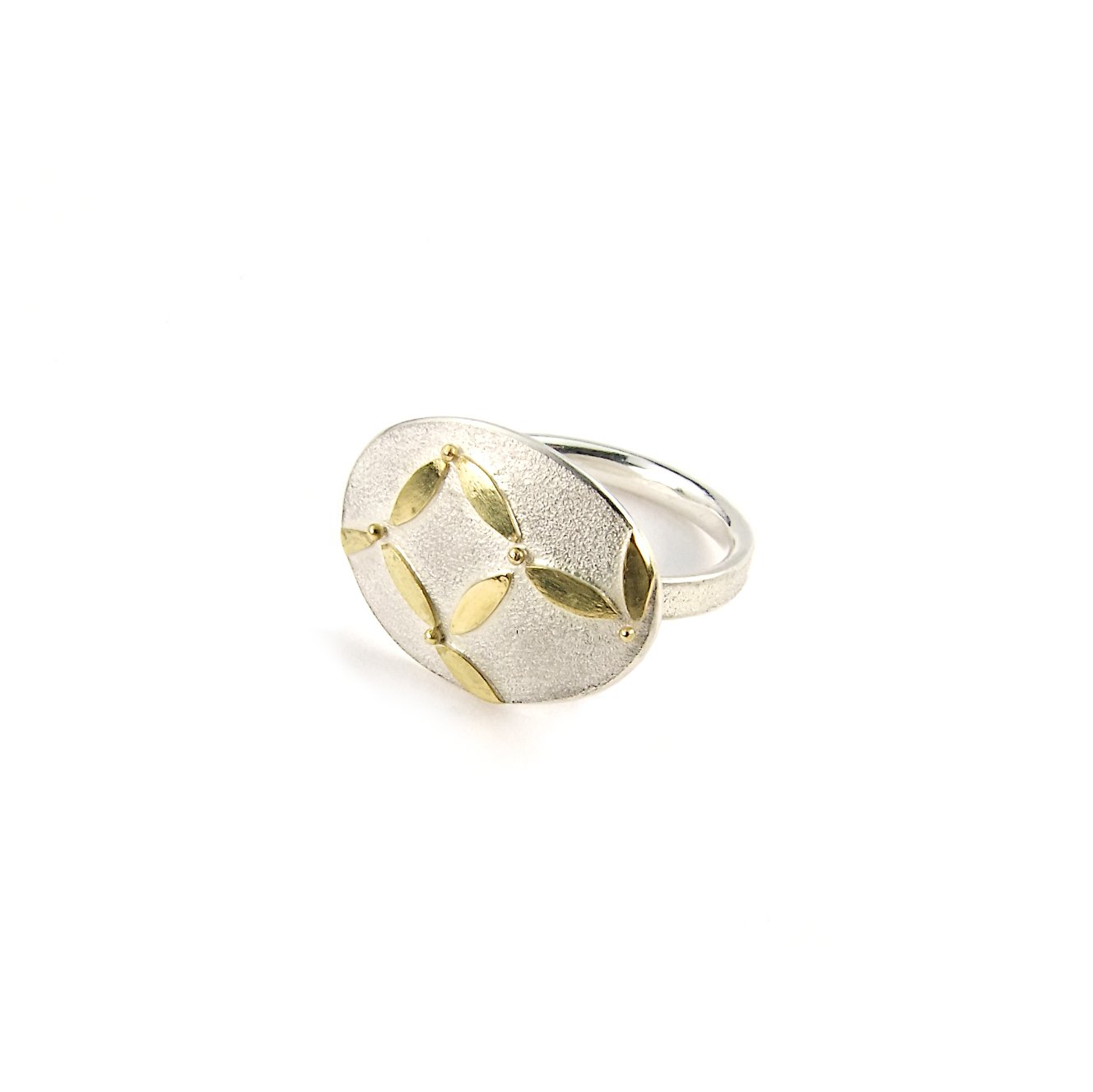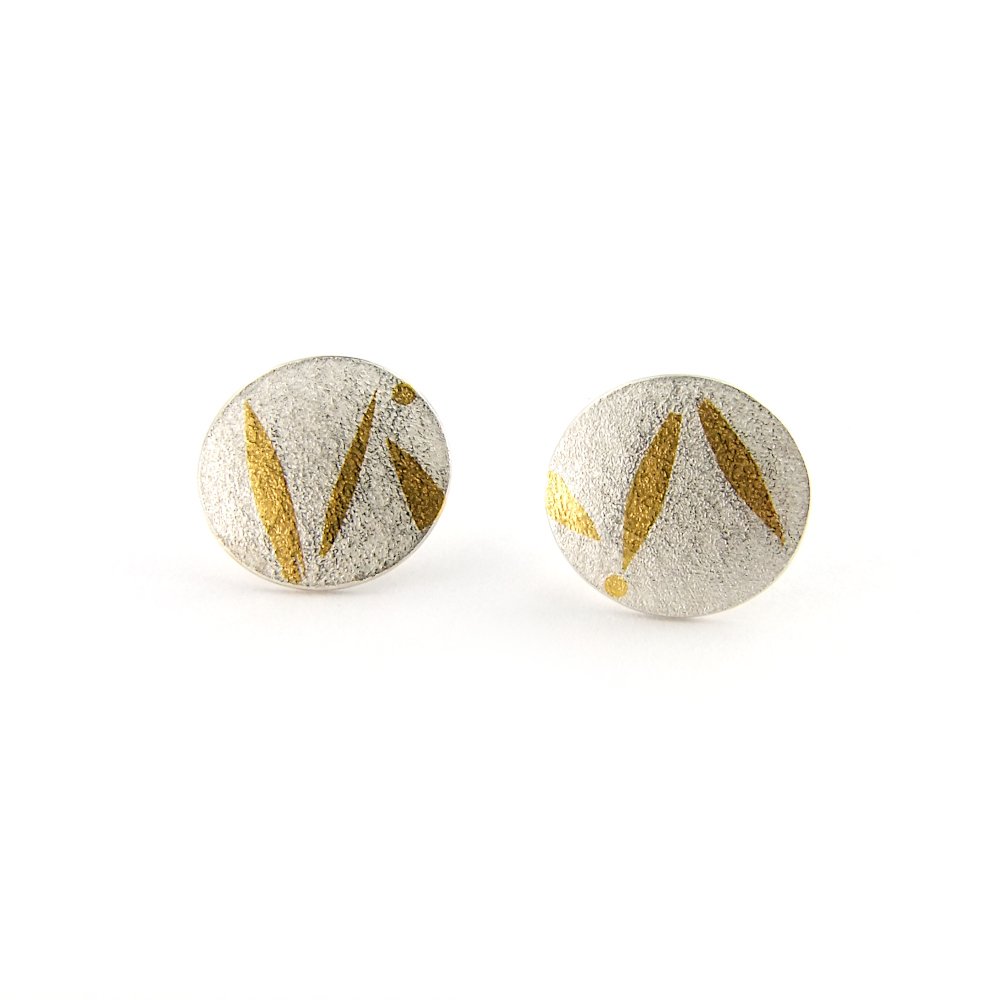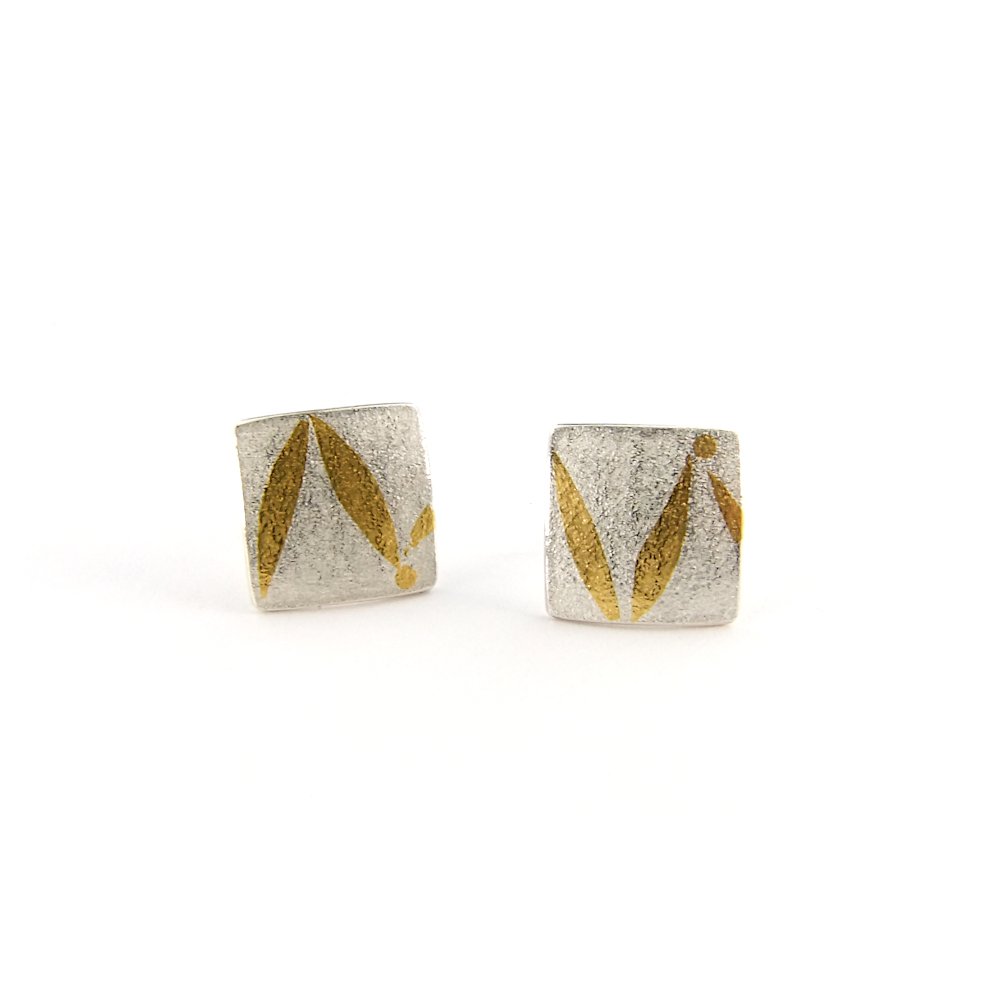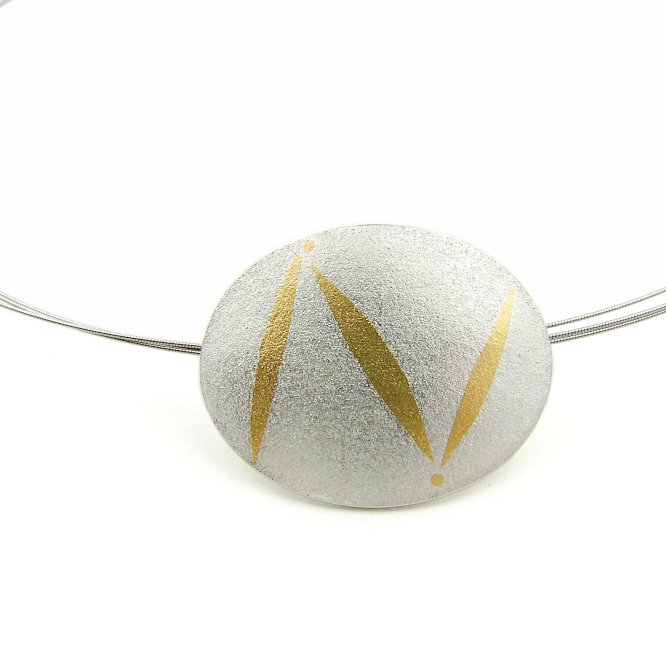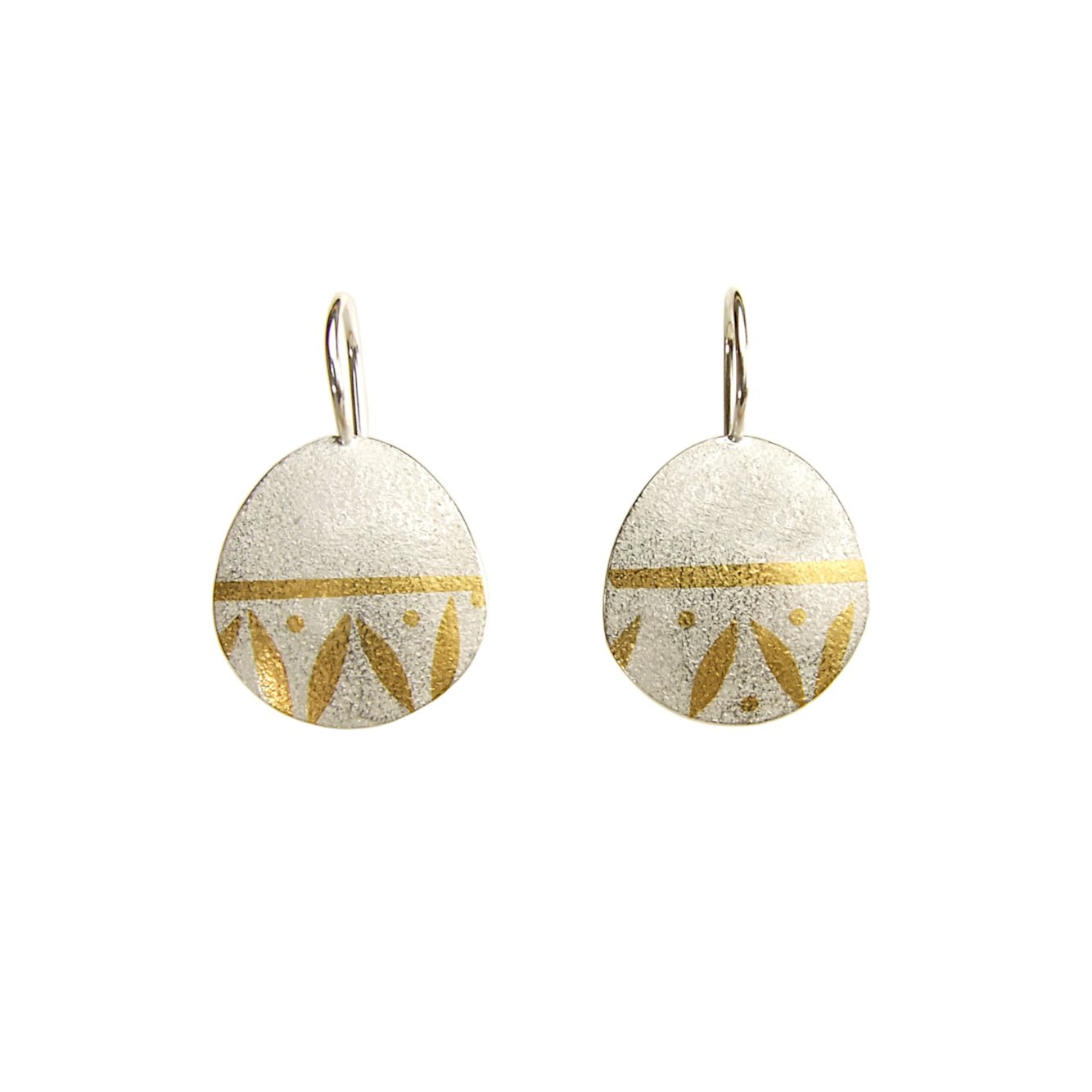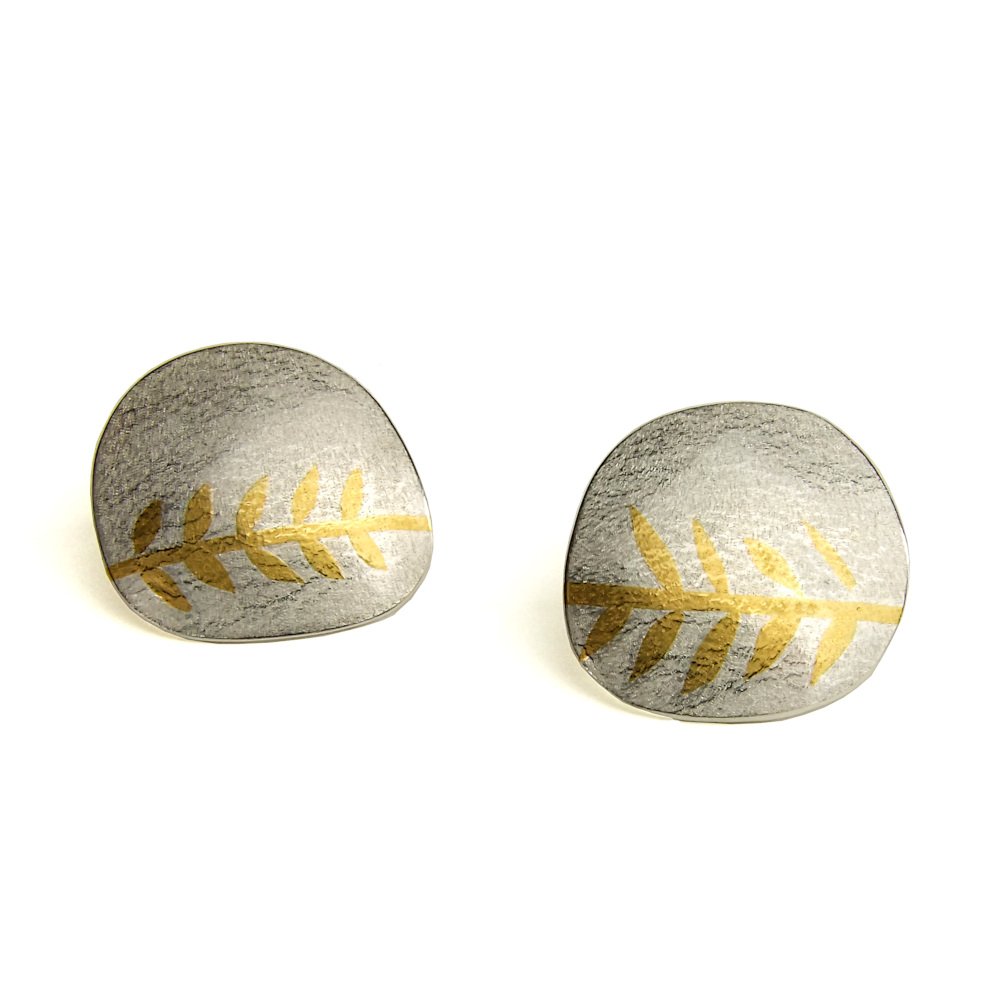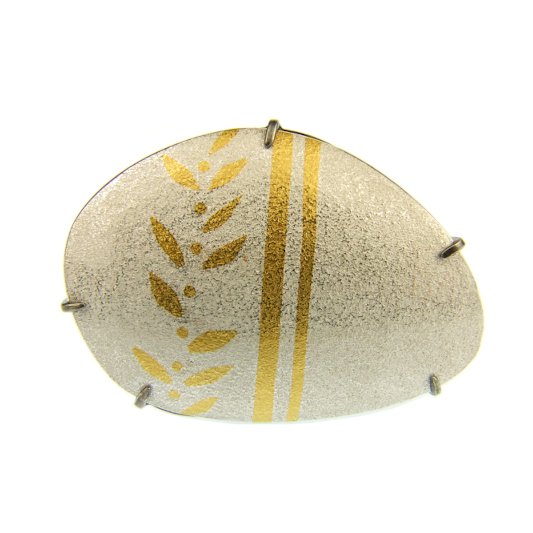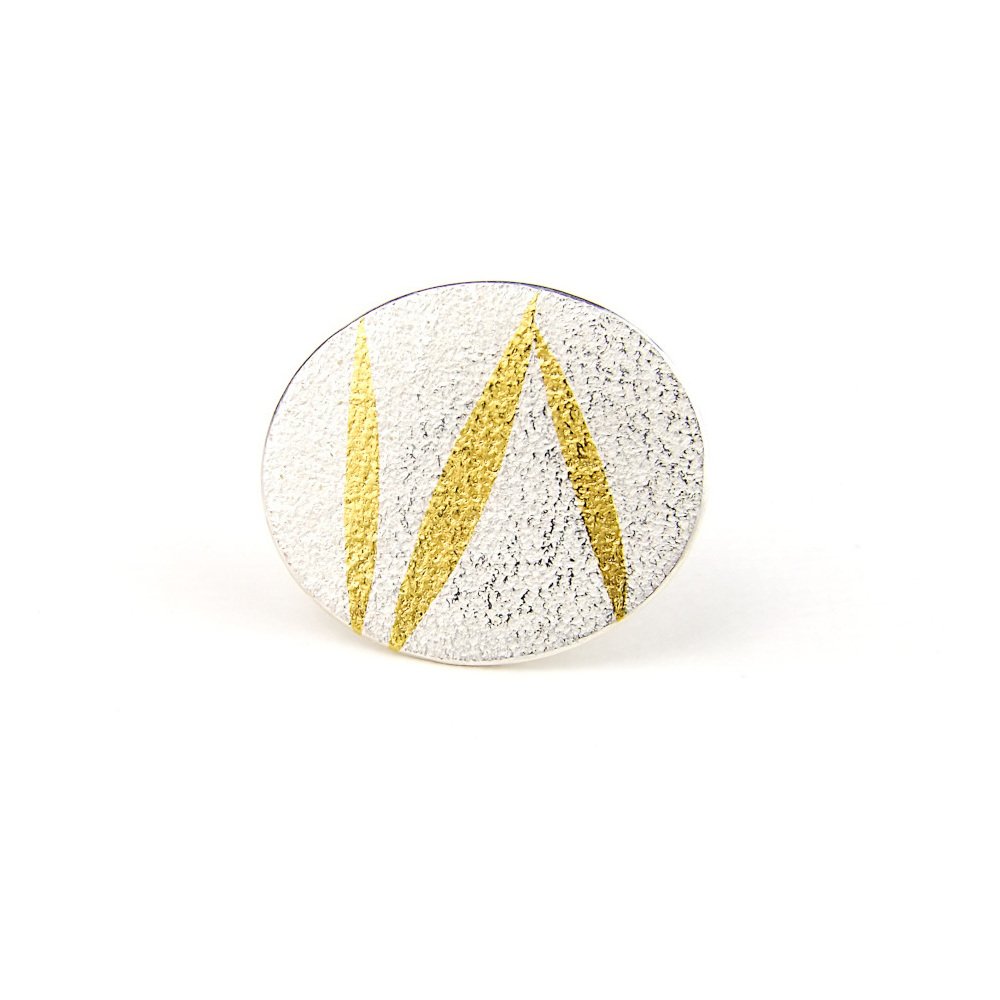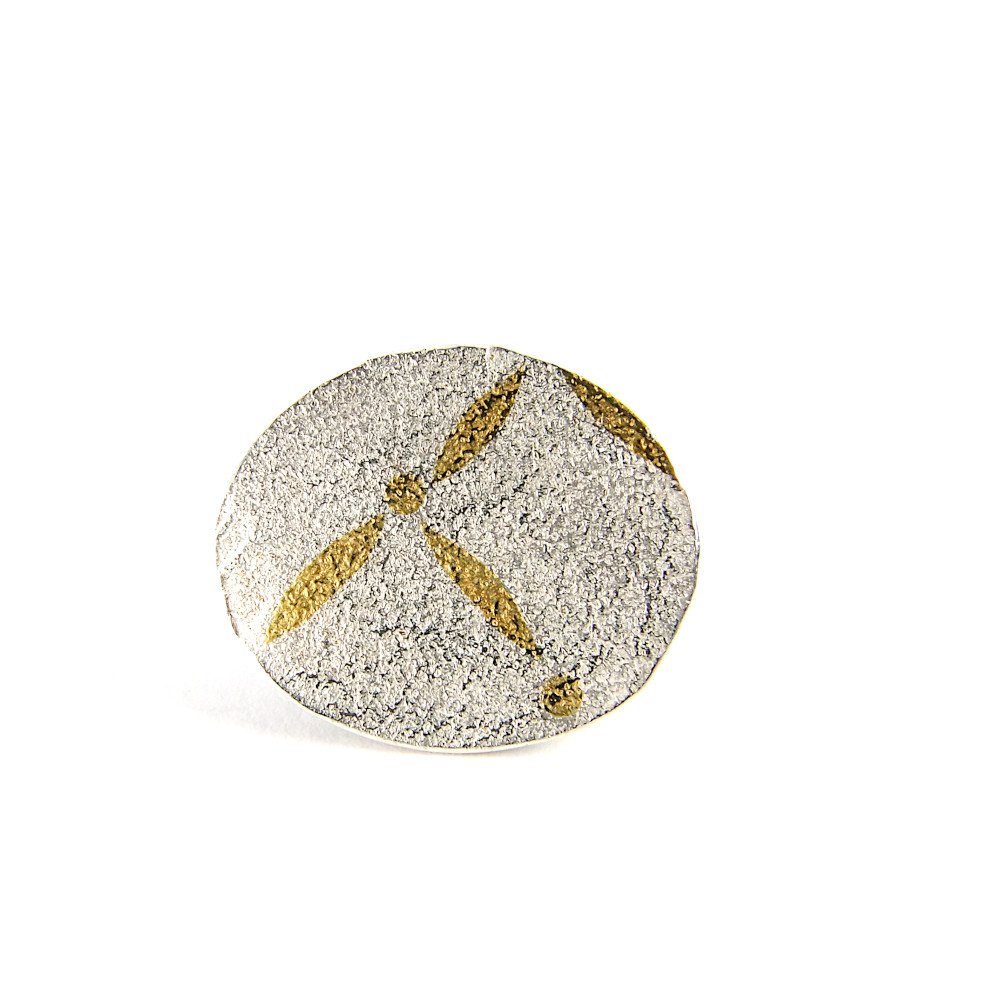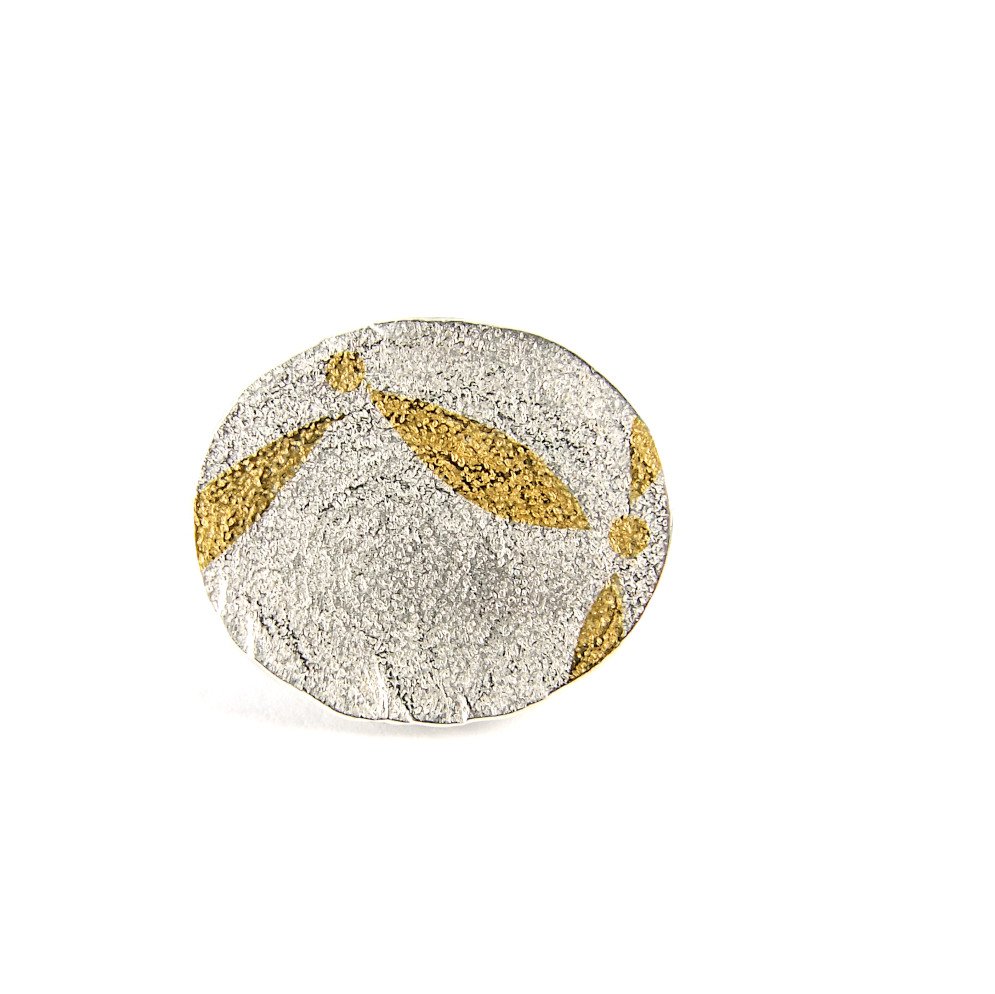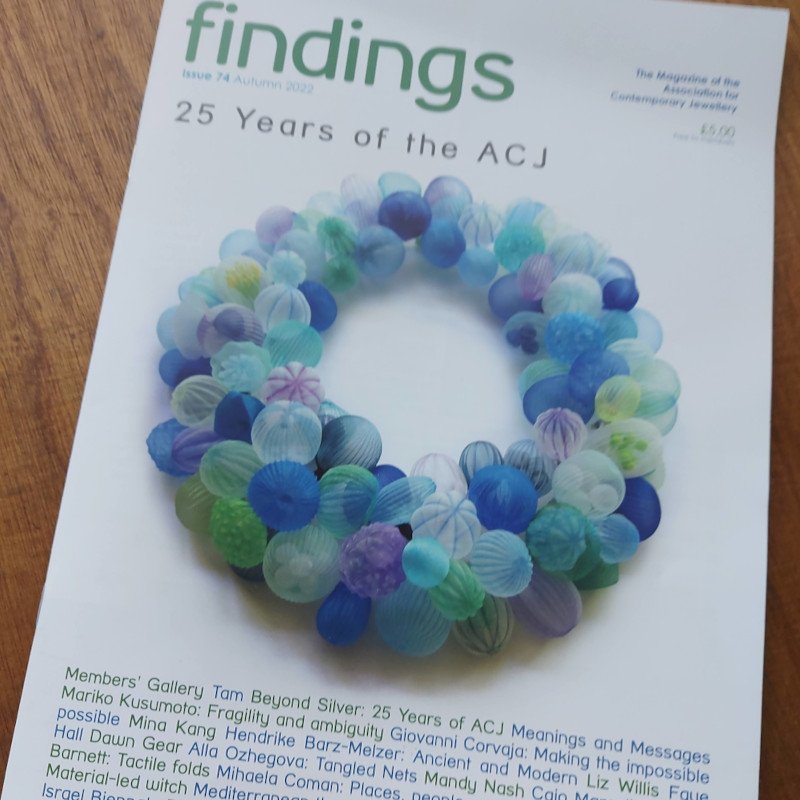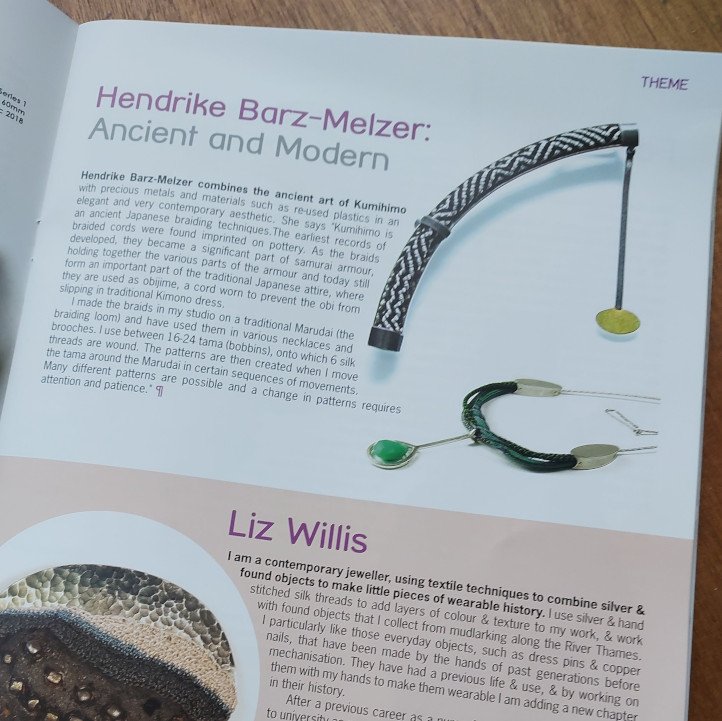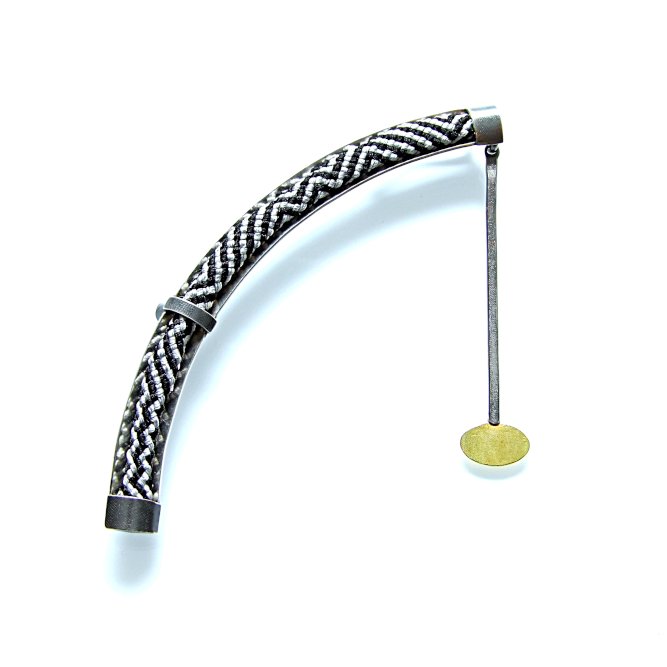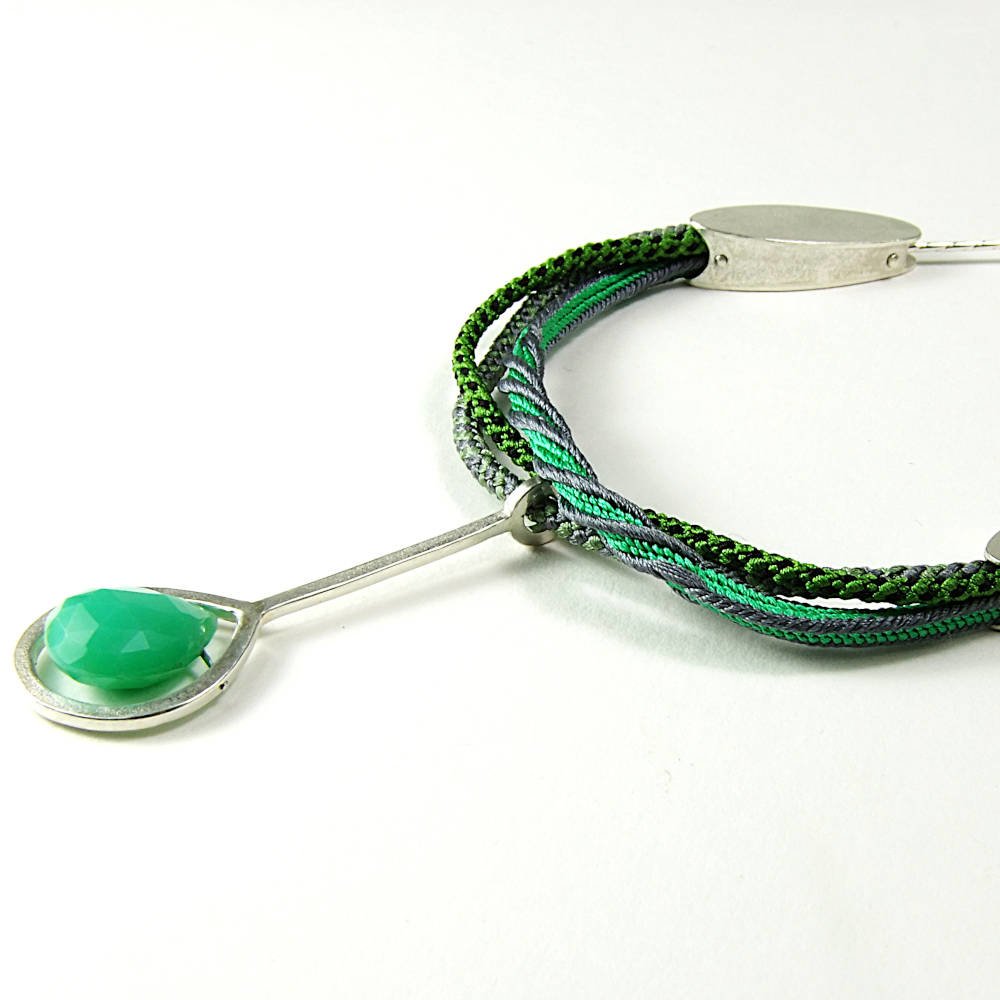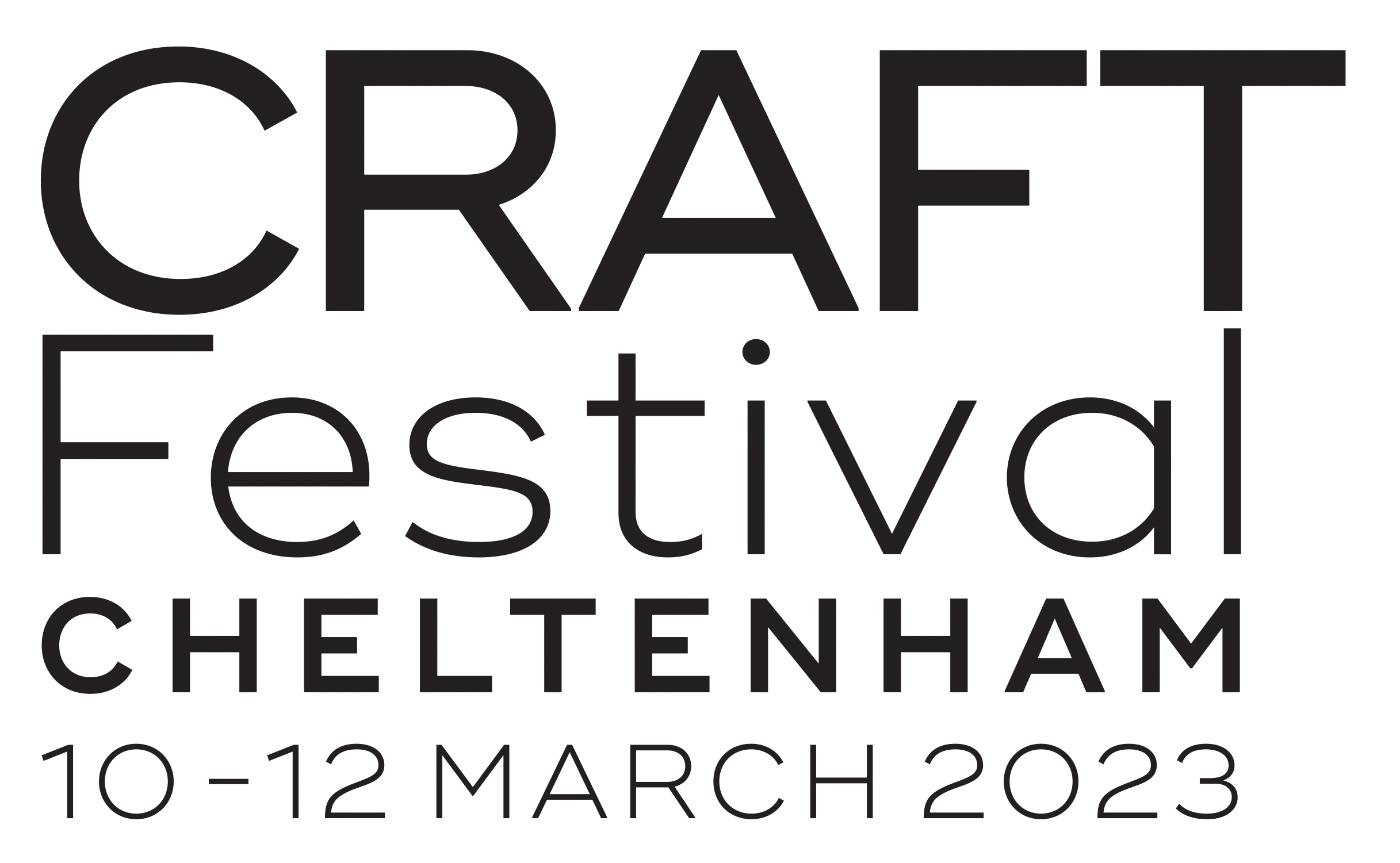I have been invited to exhibit at Cluster – an international contemporary art jewellery fair in London in March 2024. (Details below.) I was honoured to have been asked to take part and wanted to create some special pieces for this show.
As Cluster is more focussed on unusual and experimental pieces, this show seemed to afford the opportunity of greater freedom of expression whilst being less focussed on commercial considerations. In this blog, therefore, I wanted to tell the story behind these three new pieces:
For a few years, I have been fascinated by Greek mythology and similar contemporary books, which re-interpret these classical tales. Many of these books re-imagine the stories from a female perspective. I was struck by the cruelty in these stories, especially the cruelty towards women that was regarded as acceptable forms of behaviour. Whilst these tales were written in another time, some of the actions and views they describe, however, feel distinctly contemporary.
We live in a world of war, uncertainty and worry. I am sad that many things I believed about the future when I was growing up and took for granted, my children may not be able to take for granted anymore.
The war in Ukraine, Syria and now in Israel/Gaza (and the many other less often heard about wars in the world) are heart-breaking reminders that when it comes to war, not much has changed. Laws of War exist but are ignored, war criminals can hide and far too few are being brought before the International Criminal Court to account for their crimes.
Women are often at the receiving end in conflicts and wars – not only are they responsible for elderly parents and children, needing to provide safety, food and shelter, but they themselves also become targets for violent aggression.
As was the case for women in the ancient Greek tales. The conqueror had the right to do with the women captives as they pleased. Sexual violence and rape were commonly accepted prizes and deserved entitlements of the victor. Women were mere objects. This also extended to the private sphere and relations between men and women, as the story of Clytemnestra shows.
Clytemnestra (sister of Helen of Sparta) is a main figure in Greek mythology and is often depicted as the archetypal evil wife for killing her hero husband, Agamemnon, the ‘King of Men’ of the Greek Army when returning from their victorious war against Troy.
There are different versions of the story – in one, Clytemnestra’s first husband and baby are brutally murdered by Agamemnon who then forces Clytemnestra to become his wife. Years later, Agamemnon then proceeds to sacrifice his own daughter (with Clytemnestra), Iphigenia, to the gods to gain advantageous travel conditions on their voyage to Troy.
Whilst fictional, this and similar tales reflect the attitudes towards women at the time and how they would be treated and how they suffered at the hands of men in power and as victims of war.
Contemporary examples of violence against women are plentiful. Violence against women in war is used to create fear, to hurt and humiliate, to break up families, communities and societies.
Sexual violence and rape as systematic weapons of war are widely documented. They were used, for example, during the Rwandan genocide where 100,000-250,000 women were raped in three months in 1994.[1]
“UN agencies estimate that more than 60,000 women were raped during the civil war in Sierra Leone (1991-2002), more than 40,000 in Liberia (1989-2003), up to 60,000 in the former Yugoslavia (1992-1995), and at least 200,000 in the Democratic Republic of the Congo since 1998.”[2]
A recent Guardian newspaper[3] article described the horrors inflicted upon the female hostages during the 7th October 2023 attack of Hamas on Israel. The brutalities suffered by these women were justified as “the spoils of war”.
A recent report[4] by the UN Secretary General on sexual violence in conflict refers to sexual violence as “[…] rape, sexual slavery, forced prostitution, forced pregnancy, forced abortion, enforced sterilization, forced marriage, and any other forms of sexual violence of comparable gravity perpetrated against women, men, girls or boys that is directly or indirectly linked to a conflict.”[5]
This widening definition includes men, boys and of course girls and shows that civilians and the most vulnerable are strategic pawns in the calculation and tactics of war, whether by armed state or non-state actors.
The horror of war itself – even without sexual violence – is mainly borne by women, children and other civilians. This is tragically now evident in Gaza. Recent figures indicate that the death toll has surpassed 28,400 people, whilst over 69,000 have been injured.[6] An article by Associated Press calculates that three-quarters of the fatalities are women and children. [7]
War impacts mostly on civilians and as the above figures show, these tend to be largely women and children. Even if managing to survive military attacks and bombings, a lack of access to clean water, food, medical care and shelter present life-threatening conditions – coping with injury, loss and trauma of everything endured, however, are the injuries and wounds that continue a lifetime.
The above themes present the background and story of the three new pieces I created. Their titles are as important as the physical pieces as they provide context and meaning. They seek to present the continuing tragedy of the suffering of women during conflict. The names were chosen to reflect that war affects and makes women suffer across time, place and religion, drawing attention to the different layers of pain and suffering.
The titles of the three pieces are as follows:
· Clytemnestra’s Tears – Trophies of Power. (necklace)
· Dafna’s Cries – The Spoils of War. (brooch)
· Fatima’s Memories – The Wounds that Never Heal. (ring)
The pieces will also appear on my website in due course. Here are a few more details about each piece:
Clytemnestra’s Tears – Trophies of Power: Necklace, 166 cm long (a very long necklace to be doubled up around the neck), each link: 30x9 mm, recycled Sterling silver, rice pearls, 24ct gold foil (Keum-Boo).
This black chain-like necklace with its pearl tears symbolises the ongoing pain from the trauma suffered by women, when these tears and pain mean nothing to and are mere trophies of power for the perpetrator.
Dafna’s Cries – The Spoils of War: Brooch, 45x35 mm, recycled Sterling silver, rice pearls, 24ct gold foil (Keum-Boo), nylon wire.
The gently curved, black shape represents the weeping, closed eye of a crying woman enduring sexual violence in war.
Fatima’s Memories – The Wounds that Never Heal: Ring, 30x32 mm, recycled Sterling silver, 24ct gold foil (Keum-Boo).
The fractured surface, somewhat patched at the back, stands for the emotional scars caused by the trauma women endure during war and which may last a lifetime and which never really heal.
Show Details: Cluster Contemporary Jewellery Fair
Date: 21-23 March 2024,
Location: Chelsea Old Town Hall, King’s Rd., London, SW3 5EB;
Nearest Tube: South Kensington, Sloane Square
Opening times: 12 – 8pm
Web: https://www.cluster-london.com/jewellery
[1] Sexual Violence: a Tool of War, UN Special Representative on Sexual Violence in Conflict, Ms Zainab Hawa Bangura, Outreach Programme on the Rwanda Genocide and the United Nations, Department of Public Information, March 2014; p1; https://www.un.org/en/preventgenocide/rwanda/assets/pdf/Backgrounder%20Sexual%20Violence%202014.pdf
[2] Ibid; p1
[3] Evidence points to systematic use of rape and sexual violence by Hamas in 7 October attacks, Bethan McKernan, The Guardian, 18 January 2024
[4] Conflict Related Sexual Violence, Report S/2023/413 of the Secretary General of the UN Security Council, 22 June 2023; https://www.securitycouncilreport.org/atf/cf/%7B65BFCF9B-6D27-4E9C-8CD3-CF6E4FF96FF9%7D/S_2023_413.pdf
[5] Ibid., p2 §5
[6] UN Office for the Coordination of Humanitarian Affairs (UNOCHA) state current casualty figures as follows: 28,473 Palestinians killed; 69,146 Palestinians injured; 1.7 million persons displaced in Gaza. https://www.ochaopt.org/
[7] Israeli forces rescue 2 hostages in dramatic Gaza raid that killed at least 67 Palestinians, Associated Press article, by Najib Jobain, Josef Federman and Samy Magdy; https://apnews.com/article/israel-hamas-war-news-02-12-2024-4ade5edf47711c6b0c13d1380980de2b
































